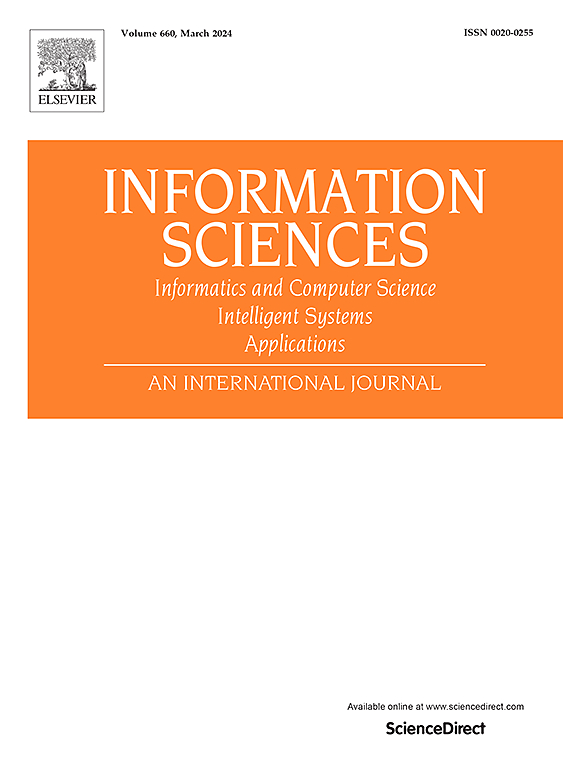Balancing convergence and diversity: Gaussian mixture models in adaptive weight vector strategies for multi-objective algorithms
IF 8.1
1区 计算机科学
0 COMPUTER SCIENCE, INFORMATION SYSTEMS
引用次数: 0
Abstract
In the study of decomposition-based multi-objective evolutionary algorithms, the adaptive weight vector approach effectively balances algorithm convergence and diversity. A common method for weight vector adaptation uses a population sparsity strategy, which calculates sparsity via Euclidean distance. However, this method causes individuals with low sparsity to cluster at the center of the objective space, while those with high sparsity spread to the edges, disrupting the convergence-diversity balance. To address this issue, this paper proposes using a Gaussian mixture model. This model treats data as a mix of multiple Gaussian distributions, partitioning the data space more flexibly. First, the paper analyzes various algorithms that adjust weight vectors using the sparsity strategy, highlighting their shortcomings. Then, it demonstrates how Gaussian mixture models can better divide the space and accurately identify individuals with different sparsity levels, correcting traditional sparsity calculation flaws. Since the population in the objective space changes during evolution, selecting appropriate component parameters is crucial. This paper uses the elbow rule to adaptively select these parameters. The experimental section includes three sets of experiments comparing the proposed algorithm with several popular algorithms, including a study on real mechanical bearing optimization. Results show that the proposed algorithm is highly competitive.
求助全文
约1分钟内获得全文
求助全文
来源期刊

Information Sciences
工程技术-计算机:信息系统
CiteScore
14.00
自引率
17.30%
发文量
1322
审稿时长
10.4 months
期刊介绍:
Informatics and Computer Science Intelligent Systems Applications is an esteemed international journal that focuses on publishing original and creative research findings in the field of information sciences. We also feature a limited number of timely tutorial and surveying contributions.
Our journal aims to cater to a diverse audience, including researchers, developers, managers, strategic planners, graduate students, and anyone interested in staying up-to-date with cutting-edge research in information science, knowledge engineering, and intelligent systems. While readers are expected to share a common interest in information science, they come from varying backgrounds such as engineering, mathematics, statistics, physics, computer science, cell biology, molecular biology, management science, cognitive science, neurobiology, behavioral sciences, and biochemistry.
 求助内容:
求助内容: 应助结果提醒方式:
应助结果提醒方式:


